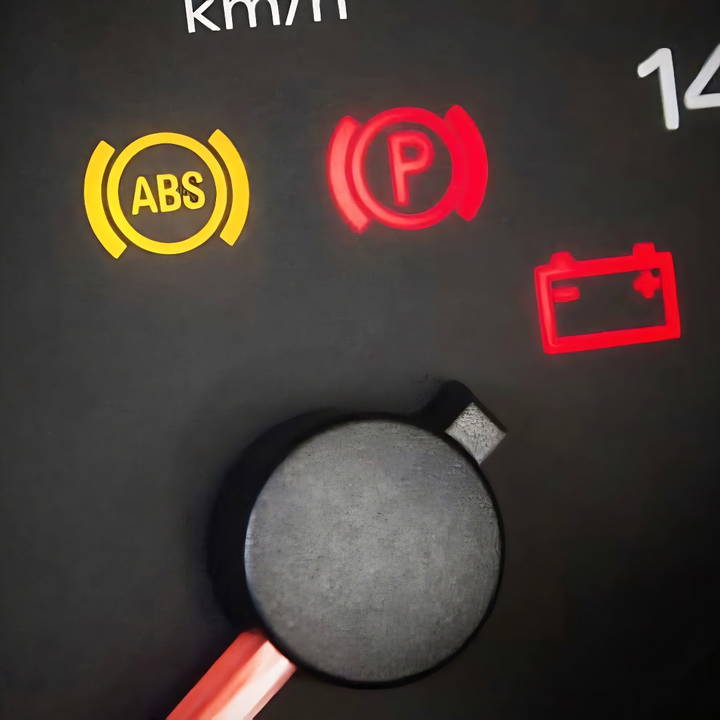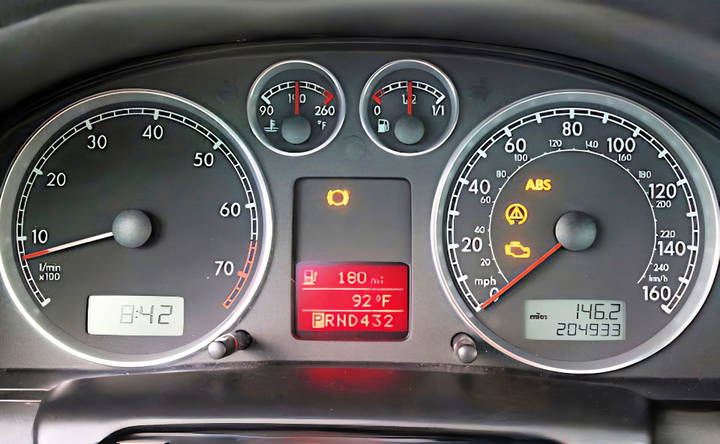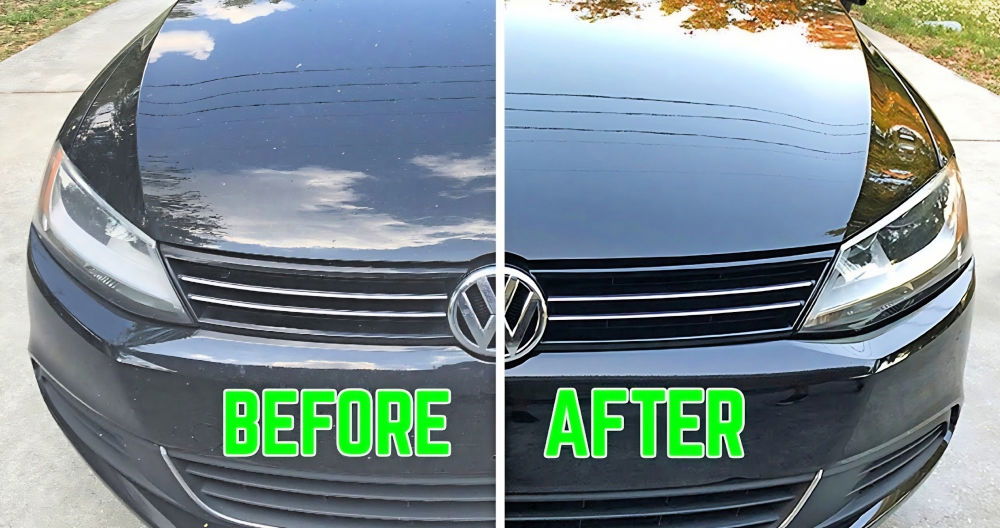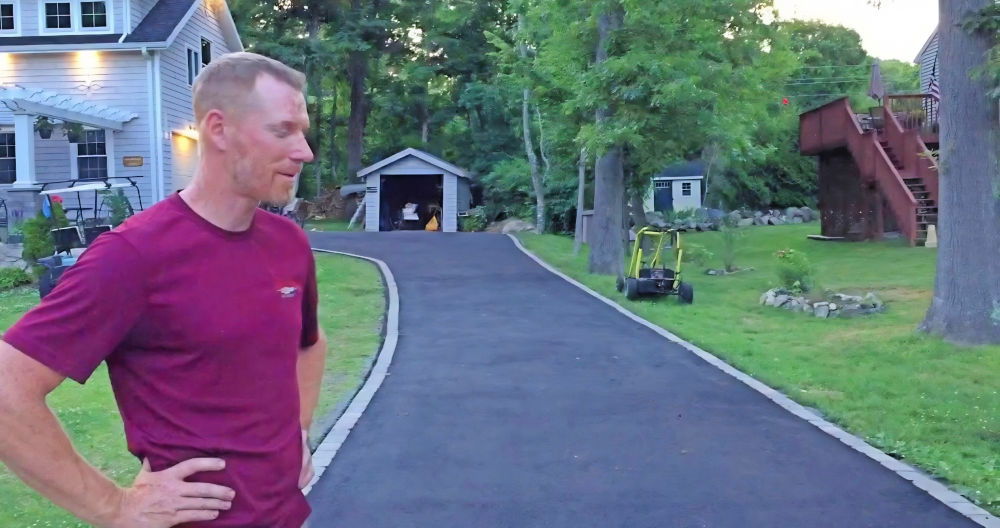I want to share how I fixed the ABS light on my car. One day, it suddenly popped up on the dashboard, and I felt worried. I did some research and found out that the ABS (Anti-lock Braking System) light usually points to a problem in the braking system. Instead of going straight to the mechanic, I decided to try to fix it myself.

The journey began when my car's ABS light came on. I knew that ABS problems could range from simple sensor malfunctions to more complex issues within the brake system. Traditionally, diagnosing these issues would require a visit to a mechanic with a hefty service charge.
However, determined to solve this issue on my own, I started researching budget-friendly diagnostic tools and stumbled upon the Creator 7 - a scan tool that boasted ABS troubleshooting capabilities for around $120. This price point was especially appealing, considering some scan tools can run thousands of dollars.
Why Choose a Budget-Friendly Scan Tool
- Cost-Effective: For DIY repairs, it's impractical to spend thousands on professional-grade tools. The Creator 7 offered a middle ground.
- ABS Diagnostics: It specifically mentioned ABS diagnostic capabilities, which is what I needed.
- User Friendly: It promised an easy-to-understand interface, suitable for someone with intermediate knowledge like myself.
Step by Step Instructions
Learn how to fix the ABS light on your car with our step-by-step guide! From diagnosing to resetting, we cover everything you need.
Step 1: Connecting the Tool
I began by locating the OBD-II port in my car, usually found beneath the steering wheel. I plugged in the Creator 7, which powered up and instantly connected to my car's onboard diagnostic system.
Step 2: Diagnosing the Issue
Navigating through the scan tool's menu, I selected the ABS diagnostic function. It ran a scan and promptly identified the problem - a faulty wheel speed sensor on the rear wheel.
Understanding the Problem
A wheel speed sensor is crucial for the ABS system to function correctly. It measures the wheel's speed and sends this information to the ABS. If a sensor is faulty, it can trigger the ABS light and potentially impact the braking system's effectiveness.
The Repair Process
Learn the repair process with our guide. Discover essential materials needed and follow our step-by-step instructions for perfect repairs.
Materials Needed
- New Wheel Speed Sensor: Identified through the diagnostic scan.
- Basic Hand Tools: Wrenches and screwdrivers for removing the wheel and accessing the sensor.
Step by Step Guide
- Safety First: I ensured the car was securely lifted and stabilized on jack stands.
- Wheel Removal: Using a lug wrench, I removed the wheel to access the wheel speed sensor.
- Replacing the Sensor: Locating the faulty sensor, I carefully removed it and replaced it with the new one. The exact positioning and securing method can vary by car model, so I referred to the car's manual for specific instructions.
- Reassembly: I reattached the wheel and lowered the car from the jack stands.
Resetting the ABS Light
With the new sensor in place, I reconnected the Creator 7 tool and navigated to the 'erase fault data' function. After clearing the codes, I took the car for a test drive. To my relief, the ABS light remained off, and the braking system functioned perfectly.
Latest ABS Technologies
The Anti-lock Braking System (ABS) has come a long way since its inception, with continuous advancements aimed at enhancing vehicle safety and performance. Let's explore the latest technologies that have been integrated into modern ABS systems.
Integrated Brake Controls (IBC)
- IBC is a cutting-edge development that replaces traditional vacuum pumps and boosters with a compact, high-pressure pump. This system is akin to drive-by-wire technology and is lighter, improving vehicle dynamics and efficiency.
Automated Emergency Braking (AEB)
- AEB systems are now becoming standard in new vehicles. They use sensors, electronic control units (ECUs), and algorithms to predict and assist with braking, significantly reducing the risk of collisions.
Pedestrian-Collision Avoidance
- New regulations are set to require cars to have pedestrian-collision avoidance systems, which include AEB that can detect pedestrians even in the dark and initiate braking to avoid accidents.
Traction Control System (TCS) and Electronic Stability Control (ESC)
- TCS and ESC have evolved from ABS to enhance vehicle stability and control. These systems work in tandem with ABS to provide a safer and more comfortable driving experience.
Advancements enhance safety and create a more intuitive driving experience. As technology progresses, ABS systems will become more sophisticated, providing better protection and control.

Detailed Troubleshooting Guide
When your car's ABS (Anti-lock Braking System) light turns on, it's a signal that there's an issue needing attention. Here's a straightforward guide to help you identify and fix common triggers for the ABS light.
Check the Brake Fluid Level
- Low brake fluid can trigger the ABS light. Locate the brake fluid reservoir and check the level against the marked lines. If it's low, top it up to the recommended level.
Inspect the Wheel Speed Sensors
- Each wheel has a speed sensor which can become faulty or dirty. Inspect them for damage or debris and clean them carefully with a cloth.
Evaluate the ABS Module
- The ABS module can corrode over time. Visually inspect it for any signs of corrosion or damage. If you suspect it's faulty, a professional assessment might be necessary.
Check for a Blown Fuse
- A blown fuse could be the culprit. Locate your car's fuse panel and find the fuse associated with the ABS system. Replace it if it's blown.
Look for Warning Messages or Codes
- Modern cars often display diagnostic codes that can pinpoint the issue. Use an OBD-II scanner to read any codes and follow the specific guidance they provide.
Reset the System
- Sometimes, simply restarting your vehicle can reset the system and turn off the light. If the light comes back on, further investigation is needed.
Seek Professional Help
- If you've gone through these steps and the ABS light remains on, it's time to consult a mechanic. They can provide a thorough diagnosis and ensure your braking system is safe.
While your standard brakes should still work, the ABS is crucial for preventing wheel lock-up during sudden stops. Addressing ABS light issues promptly can prevent more serious problems down the road.
Maintenance Tips for Your Car's ABS System
Keeping your car's ABS (Anti-lock Braking System) in top condition is crucial for ensuring your safety on the road. Here are some straightforward maintenance tips to help you take care of your ABS:
Regular Inspections
- Make it a habit to inspect your ABS system regularly. Look for any signs of wear or damage to the sensors and wiring during routine maintenance checks.
Brake Fluid Levels
- The brake fluid is the lifeblood of the ABS system. Check the fluid levels often and top it up if necessary to ensure proper operation.
Clean the Sensors
- ABS sensors can accumulate dirt and debris, which can lead to malfunctions. Gently clean the sensors to prevent this issue.
Mindful Driving
- Avoid harsh braking and driving conditions that can put excessive stress on the ABS system. Smooth, consistent driving habits can extend the life of your ABS components.
Tire Maintenance
- Good tire condition is essential for the ABS to function correctly. Regularly check your tire pressure and tread depth.
Professional Check-ups
- Have a certified mechanic inspect your ABS system periodically. They can spot issues that you might miss and perform necessary repairs.
By following these tips, you can help ensure that your ABS system remains reliable and effective, keeping you safe on the road.
FAQs About How to Fix ABS Light on Car
Learn how to fix your car's ABS light with our comprehensive FAQs. Get insights and solutions to keep your vehicle safe and reliable.
The ABS light indicates there’s an issue with your Anti-lock Braking System (ABS), which prevents the wheels from locking up during braking. If this light stays on after starting your car, it suggests a problem within the system that needs attention.
Yes, you can still drive your car, but with caution. Your normal brakes should work, but the ABS, which provides additional safety during sudden stops, may not be functioning. It’s best to get the system checked as soon as possible.
Common causes include:
Faulty wheel speed sensors: These sensors monitor wheel speed and are crucial for ABS function.
Low brake fluid levels: If the brake fluid is low, it can trigger the ABS light.
Blown fuse: A blown fuse can disrupt the ABS circuit.
Malfunctioning ABS module: This is the brain of the ABS system.
You can try a few things:
Restart your vehicle: Sometimes, a simple restart can reset the system and turn off the light.
Check the brake fluid level: Top it up if it’s low.
Inspect the ABS fuse: Replace it if it’s blown.
Clean the wheel speed sensors: Dirt and debris can cause false readings.
If the above steps don't resolve the issue, or if you're not comfortable performing them, it's time to consult a professional mechanic. They can perform a detailed diagnosis and repair any complex issues within the ABS system.
Final Thoughts
In conclusion, learning how to fix abs light on car can be manageable with the right guidance. By following this step-by-step guide, you'll be able to diagnose and resolve common issues with the ABS light. Regular maintenance and addressing problems promptly ensure your vehicle remains safe and reliable. Don't let the ABS light on your car cause stress; use these tips to keep your vehicle in top condition.













